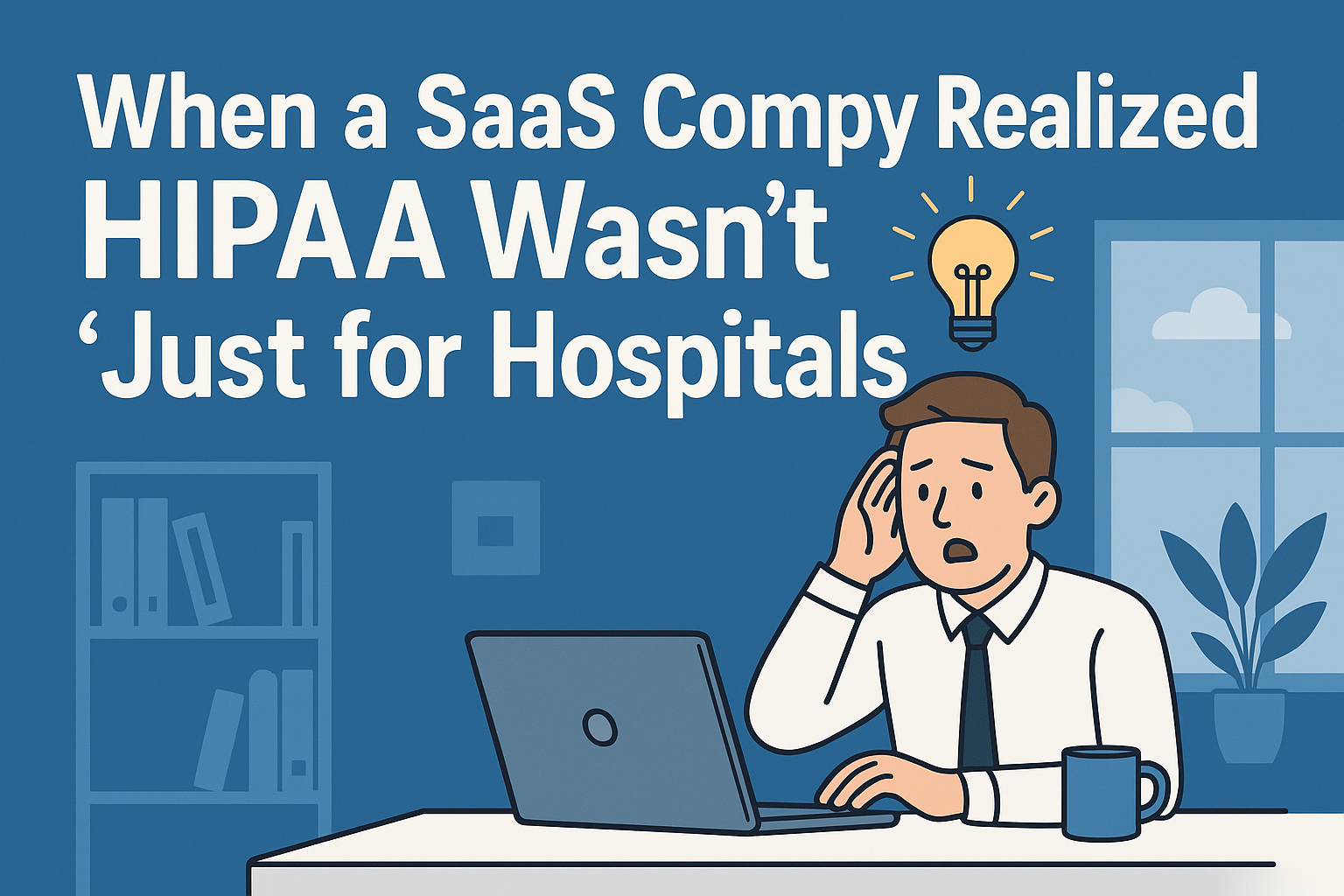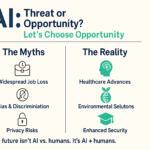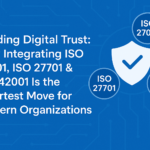A few months ago, I was consulting for a growing SaaS company building a cloud-based platform for workflow automation in healthcare operations.
The product was sleek, the team was talented, and the growth numbers looked fantastic.
But during one of our review meetings, something stood out: the platform was processing customer data that included names, medical identifiers, and reports — without any structured HIPAA compliance framework in place.
When I raised the point, the CTO laughed and said,
“We’re not a hospital; Doc. HIPAA doesn’t really apply to us.”
That moment summed up a problem I see all the time:
brilliant engineering teams that misunderstand where compliance truly begins.
The Common Misconception
Many SaaS providers believe HIPAA applies only to hospitals or insurance companies.
They see it as a medical-sector issue rather than a data-handling responsibility.
But any vendor that stores, processes, or transmits protected health information (PHI) for a client in healthcare is considered a Business Associate under HIPAA.
And that means the same security, privacy, and breach-notification requirements apply.
The company wasn’t violating the law maliciously — they simply hadn’t realized how broad HIPAA’s reach really is.
Uncovering the Risk Landscape
We started by mapping the platform’s data flows from end to end.
What emerged was a familiar picture: a great product architecture, but a few hidden cracks.
- Backups were unencrypted in secondary storage.
- API logs contained identifiers that could re-expose PHI.
- A third-party analytics tool had access to raw customer records.
- Employee access rights were generous — everyone could “view all” for convenience.
Nothing was catastrophic, but collectively it formed a serious risk profile.
If a breach occurred, both the company and its healthcare clients would share liability.
Turning Compliance Into an Advantage
Instead of treating HIPAA as a legal chore, we reframed it as a trust framework and built controls that enhanced reliability and client confidence.
- Role-Based Access Controls
Permissions were redesigned so that support, engineering, and customer-success teams saw only what they genuinely needed.
- Encryption Everywhere
Data was encrypted not just in transit and at rest, but also in backups and temporary caches — closing subtle but common gaps.
- Audit Trails
Comprehensive activity logs were enabled to track every access and configuration change.
Auditors love evidence; now they had plenty.
- Vendor Oversight
Third-party integrations were re-evaluated, and Business Associate Agreements (BAAs) were signed with all service providers touching PHI.
- Employee Awareness
We introduced training sessions explaining why these controls mattered.
When developers understood the “why,” the “how” became effortless.
The result: a culture shift from speed over safety to secure speed.
What Changed for the Business
Three months later, that same company was presenting its HIPAA readiness documentation to a potential enterprise client.
Instead of defensive answers, they confidently shared architecture diagrams, encryption standards, and vendor-management policies.
They won the deal.
More importantly, they realized that compliance wasn’t a cost — it was a competitive edge.
It showed clients they were serious about protecting data and partnerships.
Lessons Every SaaS Founder Should Know
- Compliance, Security, and Privacy Are Three Different Layers
You can have one without the others, but sustainable trust needs all three. - Build for Data Minimization
The less personally identifiable data you hold, the lower your exposure. - Automate Governance
Use technology for logging, retention, and access reviews — don’t rely on memory. - Don’t Wait for a Client Audit
By the time a customer asks, it’s already late. Build compliance into your roadmap early. - Compliance Is a Business Enabler
It wins deals, reassures investors, and strengthens your reputation.
The Real Takeaway
HIPAA isn’t just regulation; it’s reassurance.
It tells your customers: We take your data as seriously as you take your patients or clients.
When a SaaS company treats compliance as a design principle instead of an afterthought, it doesn’t just avoid risk — it builds trust, credibility, and resilience.
That’s what this team learned.
And that’s what every data-driven company should aim for.
Dr. Lalit Gupta (The Cyber Doctor)
Cybersecurity & Digital-Health Compliance Specialist
Helping SaaS and healthcare innovators design secure, compliant, and human-cantered systems.


